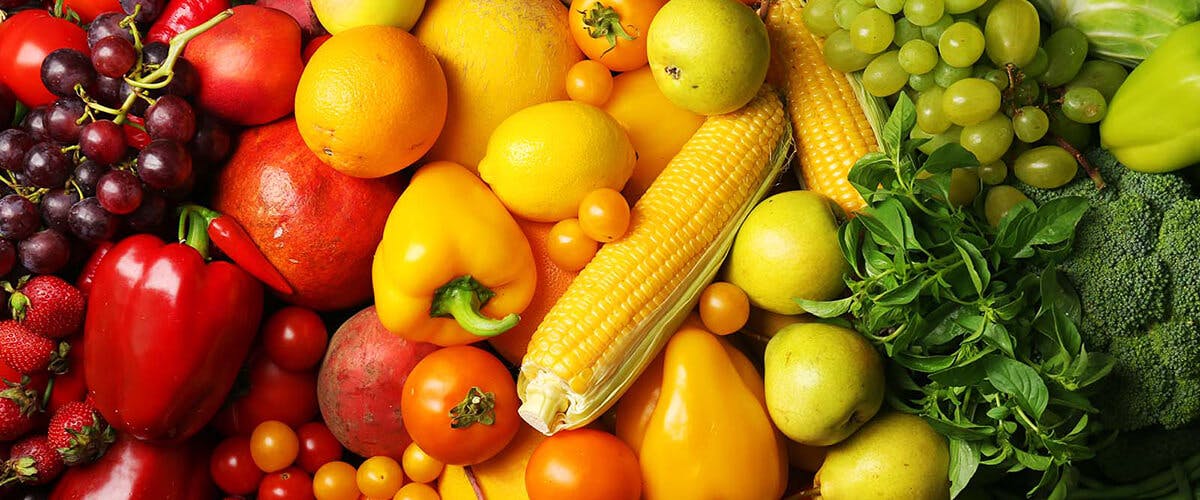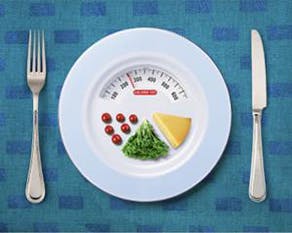Vitamin & Mineral Needs: 50+
HEALTH & WELLNESS
08.17.2015

They say turning 50 is a milestone, and it is, if only because certain nutrient needs change at this juncture of life. You may notice no difference in your health, or your energy level, but nutrition experts say this is an important time to evaluate your diet so that you can be as active as you like.
Here are some of the most important mid-life changes in vitamin and mineral needs for men and women, as determined by the Institute of Medicine (IOM).

Vitamin B12. Vitamin B12’s many functions include helping to produce red blood cells, making DNA, and supporting heart health and the nervous system. You don’t need more vitamin B12 after age 50, but you do need a different type of this important nutrient.
Men and women over age 50 should get most of the suggested daily vitamin B12 from dietary supplements or from foods with added vitamin B12, such as breakfast cereal. Here’s why. After 50, many people absorb less of the naturally-occurring vitamin B12 from foods, such as meat, milk, and eggs. That’s because the body produces less stomach acid, which is necessary to absorb vitamin B12 in its natural form. Synthetic vitamin B12, the type added to fortified foods and dietary supplements, can be absorbed without stomach acid.

Vitamin B6. The need for vitamin B6, which helps support your energy level and contributes to heart health, goes up slightly after age 50 for men and women. Vitamin B6 is found in an array of animal and plant foods. Vitamin B6 is a water-soluble vitamin, which means your body doesn’t store it and you need to consume it every day. A balanced diet with a variety of fresh and lightly processed foods helps to satisfy your vitamin B6 needs.

Calcium. Calcium supports bone health, heart health, and normal muscle contraction. As women experience the loss of estrogen, a hormone that promotes and preserves bone health, their calcium needs increase. After 50, a woman’s calcium needs increase to 1,200 milligrams (mg) of calcium daily, while suggested intakes for men remain at 1,000 mg until age 70. Each serving of dairy - 8 ounces milk or yogurt, and 1 ? ounces of hard cheese, such as cheddar - supplies about 300 mg of calcium.

Vitamin D. Suggested vitamin D intakes don’t change during mid-life for men or women, but vitamin D is worth mentioning because it’s involved in keeping bones fracture-free so that you can stay active. Your body makes vitamin D in response to strong sunlight. In theory, you can produce all the vitamin D you need for the year with a few minutes of direct exposure to the sun a few times weekly during the summer months. In reality, many people do not produce the required vitamin D, and many fail to get what they need from food, largely because they avoid the foods richest in vitamin D, such as fortified milk. It’s wise to consider dietary supplements to help you meet vitamin D needs. With time, even slight shortfalls in vitamin D jeopardize bone strength.
Iron. As part of red blood cells, iron is necessary to deliver oxygen to cells in all parts of the body. Many women of childbearing age are prone to iron-deficiency due to monthly blood losses that deplete iron from the body. After age 50, which is about the time that menopause starts, a woman’s daily iron need drops from 18 to eight milligrams (mg) a day. Men continue to need eight mg a day after age 50. When making dietary changes, it’s important to remember that you’re a work in progress. Your 50th birthday is a turning point that offers the opportunity to better support your energy level.
Image Credits: Monkey Business Images/Shutterstock.com
Recommended Articles
The 5 Best Foods That Will Help Supercharge Your Brain
Amidst our busy schedule, it's important to retain our focus and memory. Resting alone is not...
Iron deficiency is a lot more common than you would think. A recent survey by SATA CommHealth(i...
Mars vs Venus: Understanding the His and Hers of Nutritional Needs
Mars vs Venus: Understanding the His and Hers of Nutritional Gaps Although their DNAs are...






